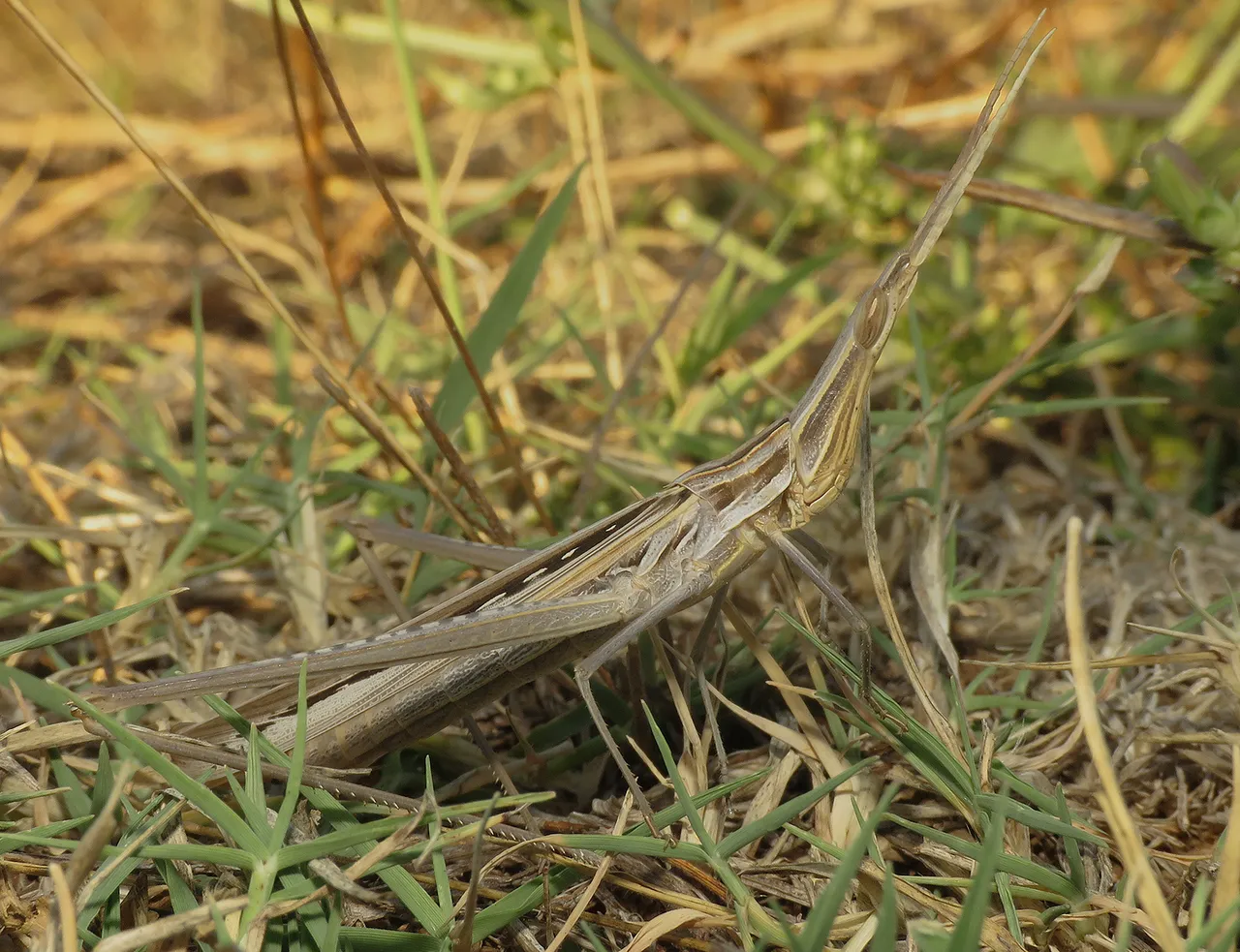Photographs in this post were taken ln between the 5th and 10th August of 2021 ...
... on the meadows near the sea, four or five kilometers from the village of Liznjan and about three kilometers more from where I live.
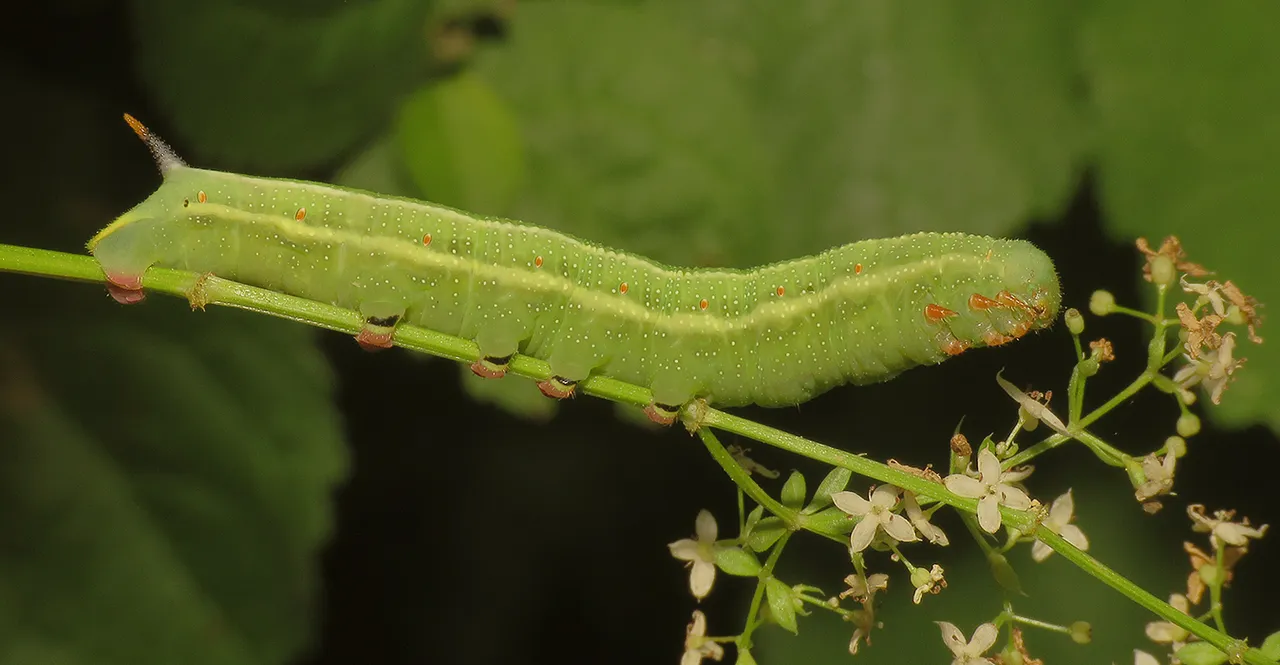
Here you can see the lovely green caterpillar ...
... of the Hummingbird hawk-moth (Macroglossum stellatarum).
I saw many adult insects of this very common species, but I don't remember noticing the larva before the summer of 2o21.
This small spider ...
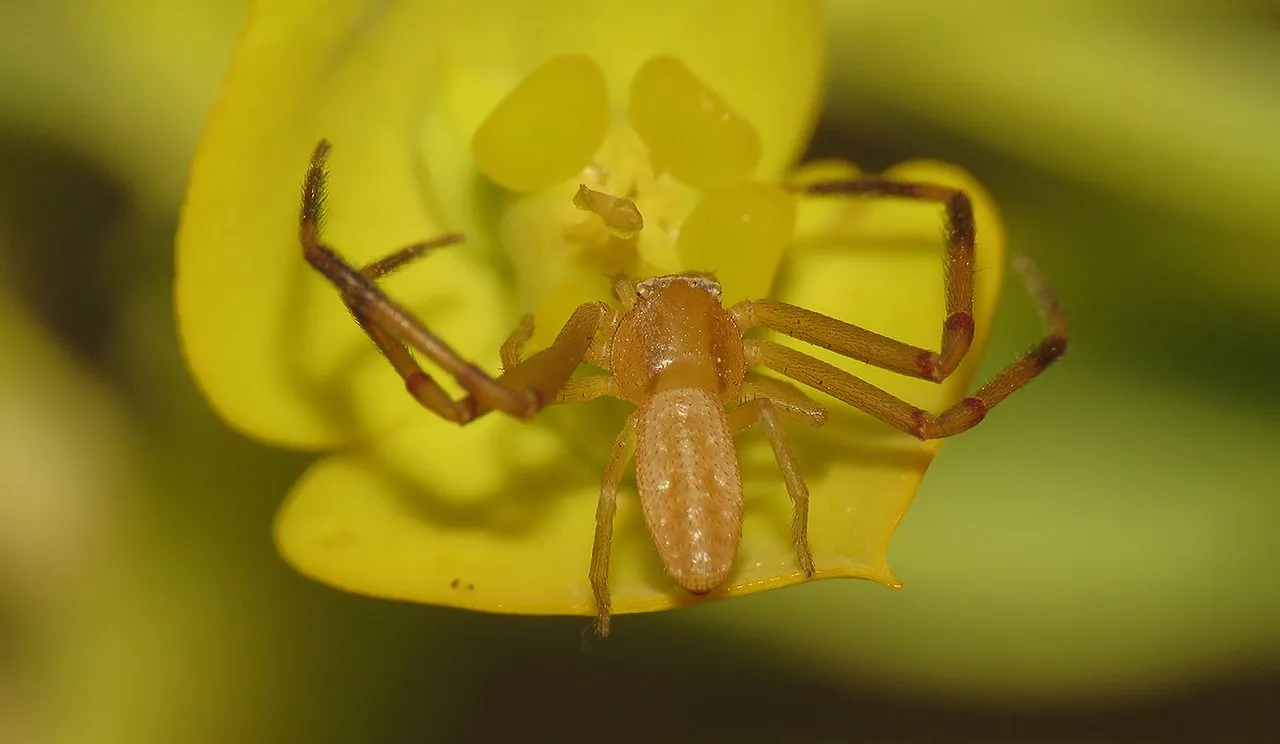
... the Runcinia grammica, was photographed on the tiny flowers of Cypress spurge.
This is the male. Like in many other spider species, the females are more robust.

Here you can see the Nabis ferus ...
... a predatory bug from the Nabidae family.
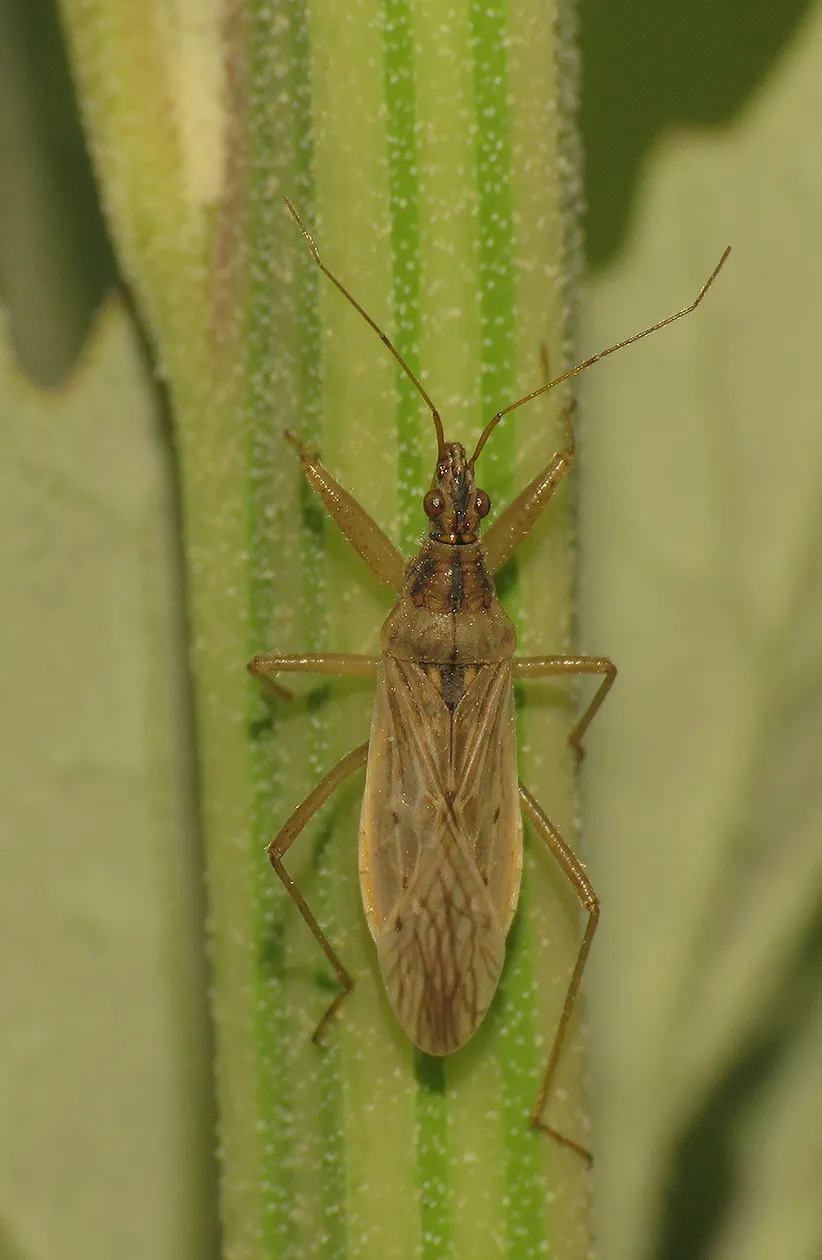
Bugs from this family are commonly known as Damsel bugs.
They feed on a wide variety of small, herbivore insects, their eggs, and larvae.
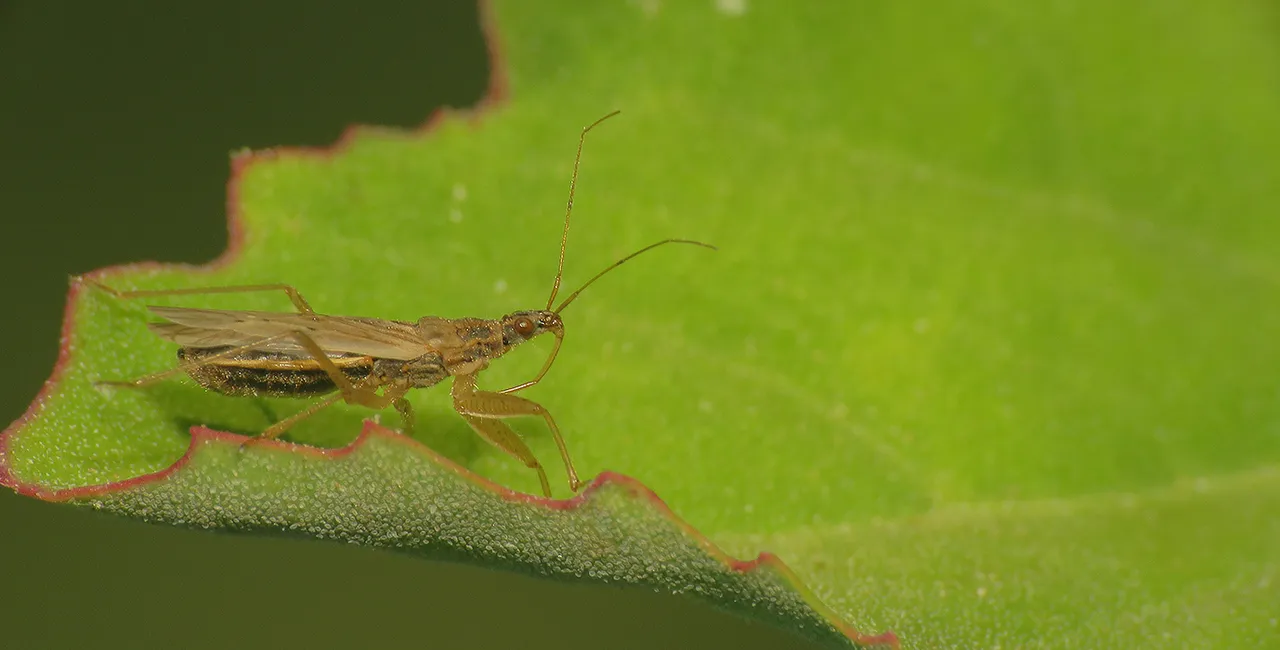
The small predator was photographed on the leaf of the Chenopodium album plant.
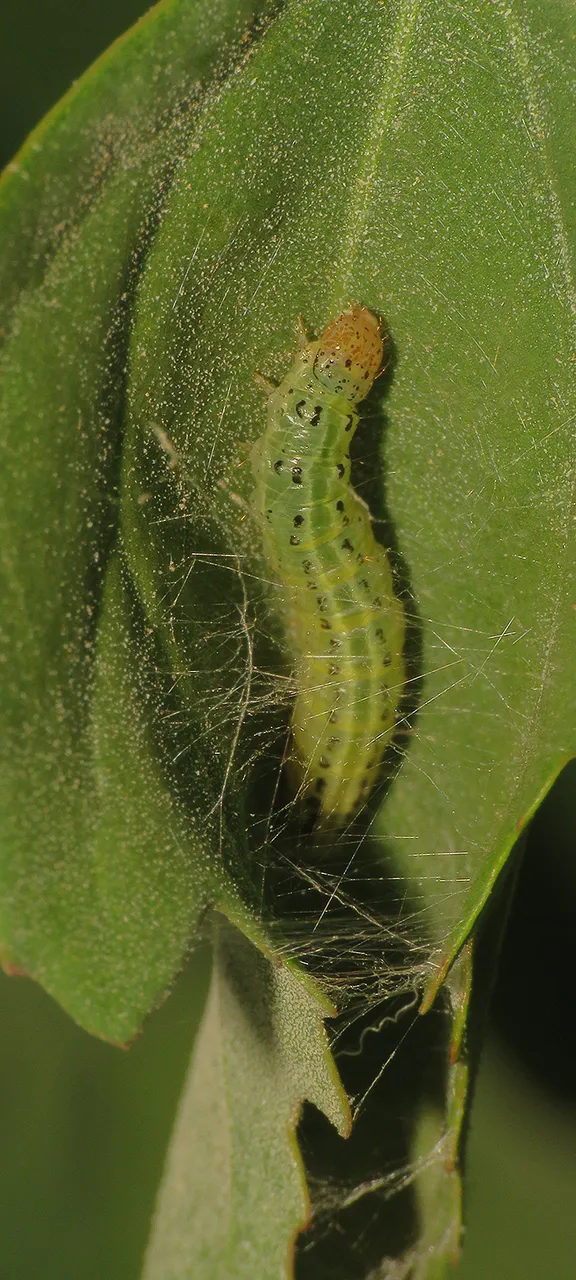
I found quite a few interesting species on that plant.
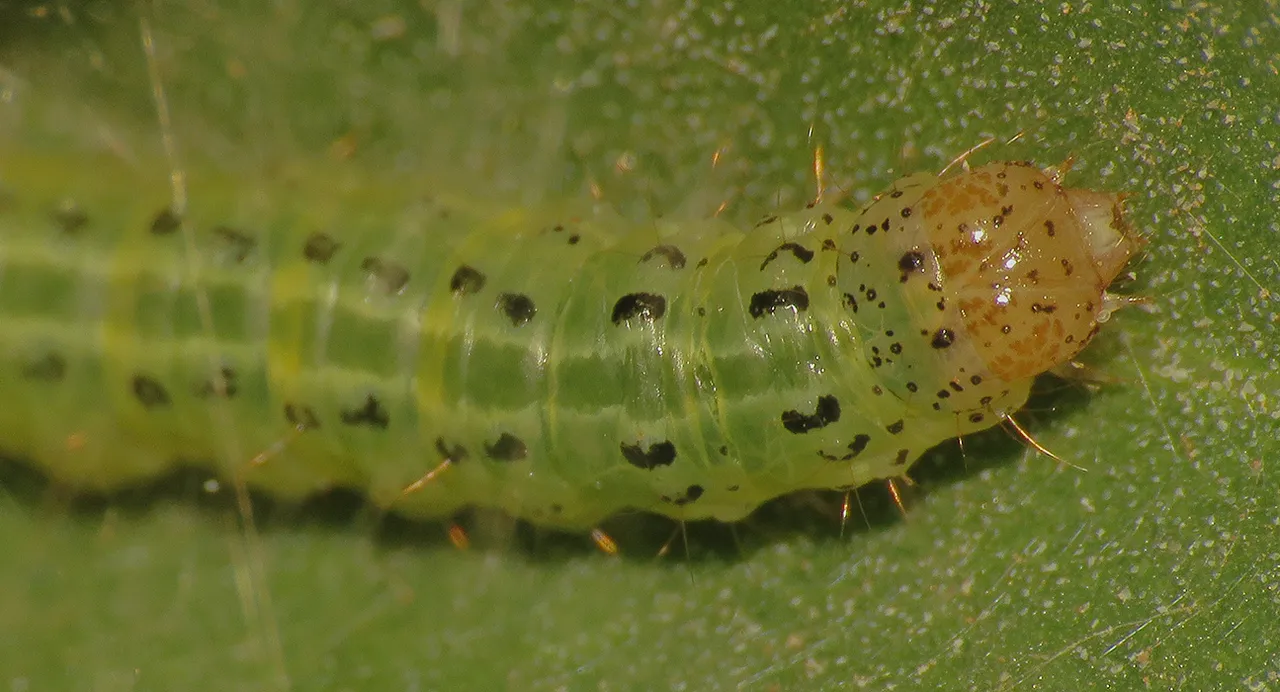
Here you can see a small caterpillar ...
... that has built a shelter by folding and then stitching one half of the leaf with silky threads of its own production.
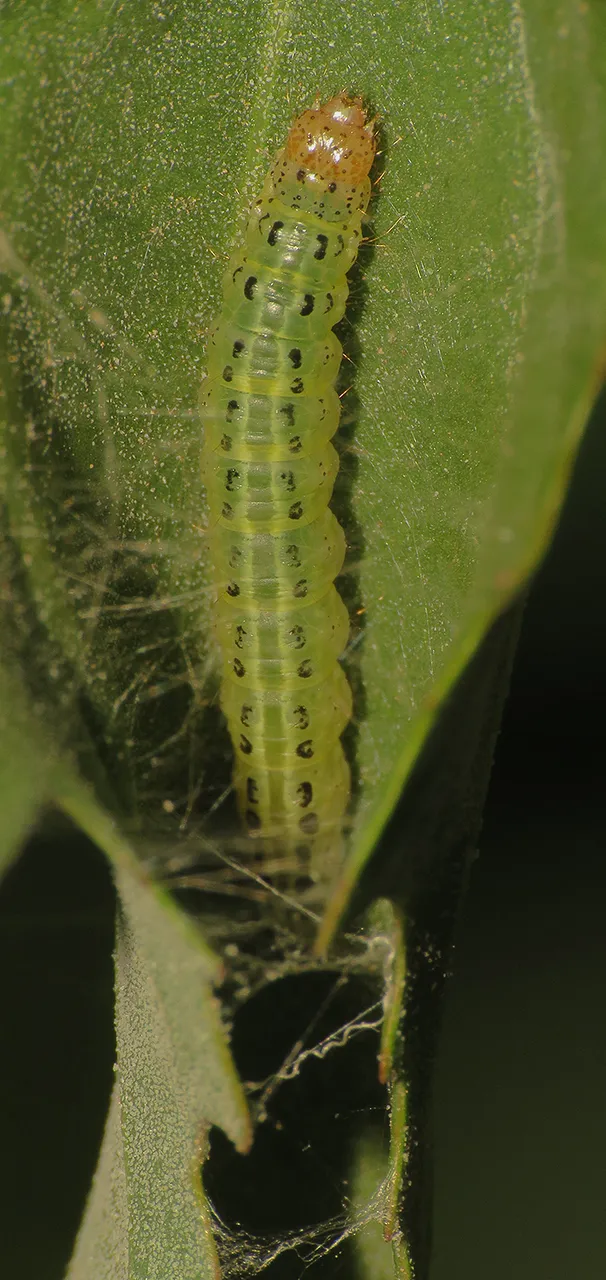
I can't tell you the exact species ...
... but I'm a hundred percent sure that this is a larva of some moth from the genus Choreutis in the Choreutidae family. The caterpillar looks exactly like the Choreutis nemorana. The only thing that doesn't point to that conclusion is the fact that the Choreutis nemorana larvae feed exclusively on the leaves of the common fig (Ficus carica)
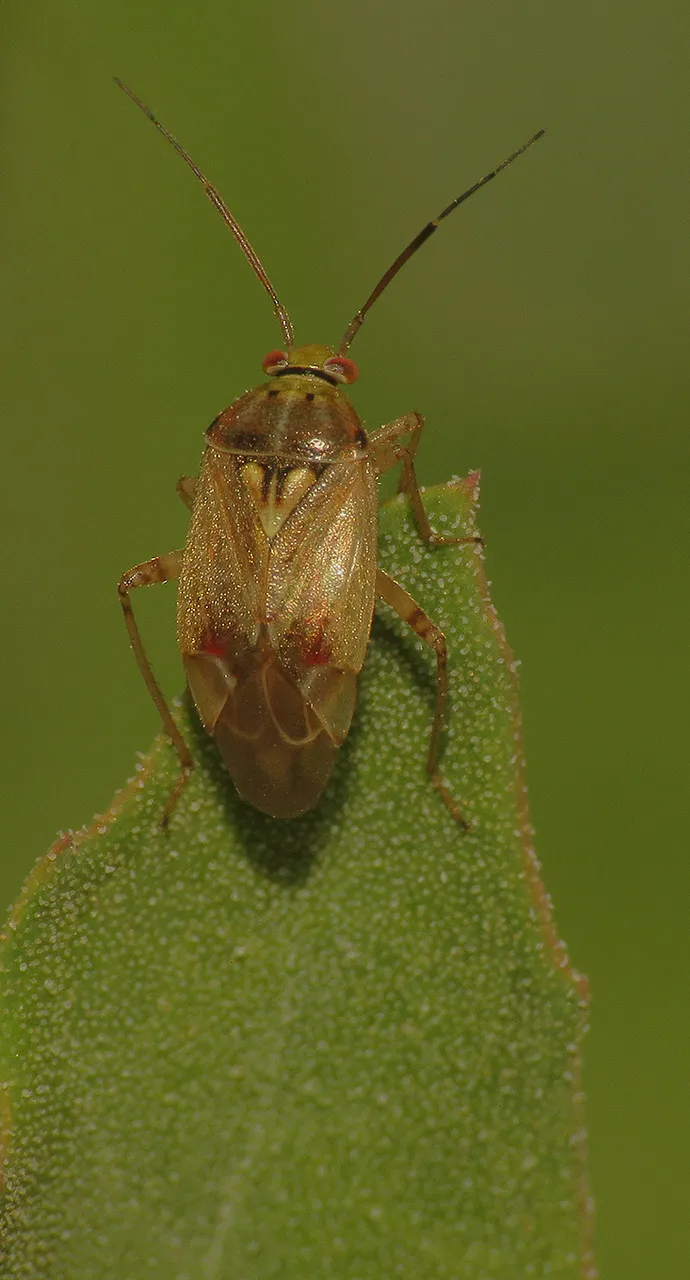
I found quite a few sap-sucking bugs on the Chenopodium album.
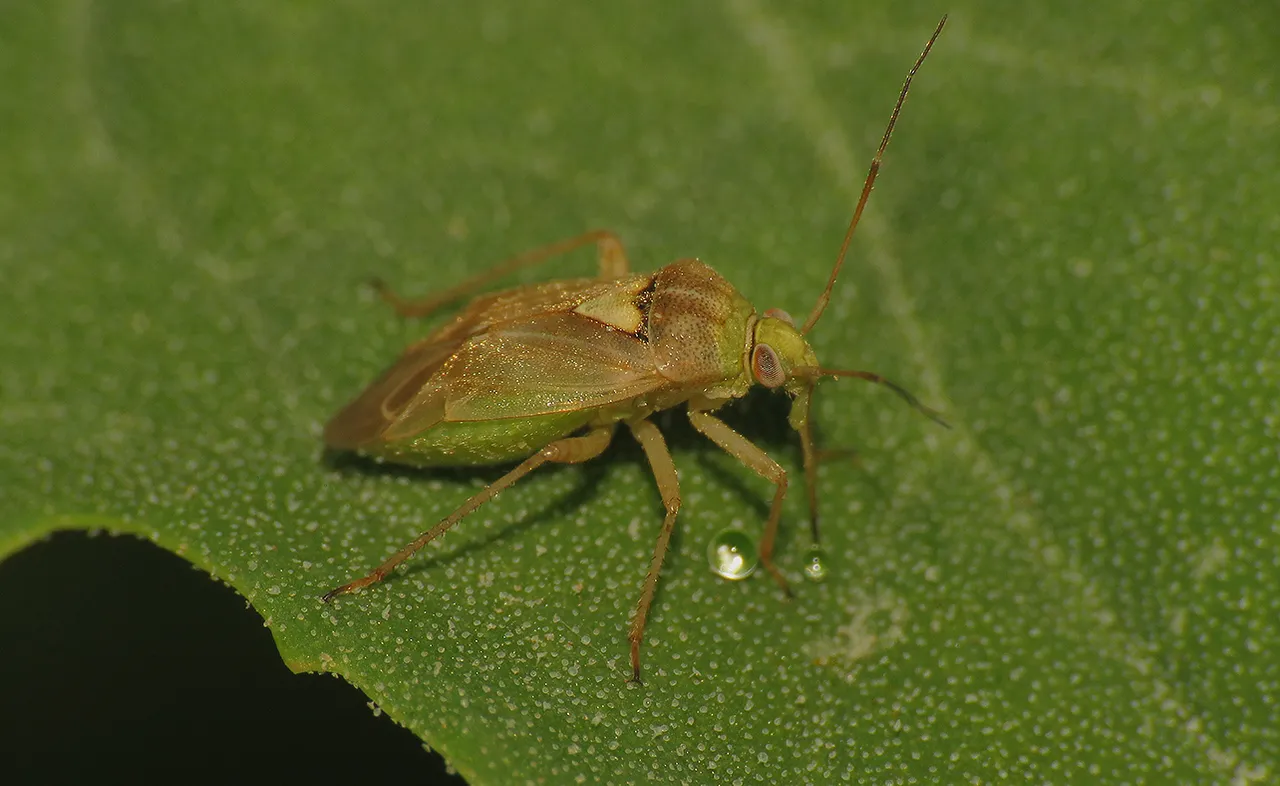
Some, like this Lygus pratensis from the Miridae family, were completely developed adults ...
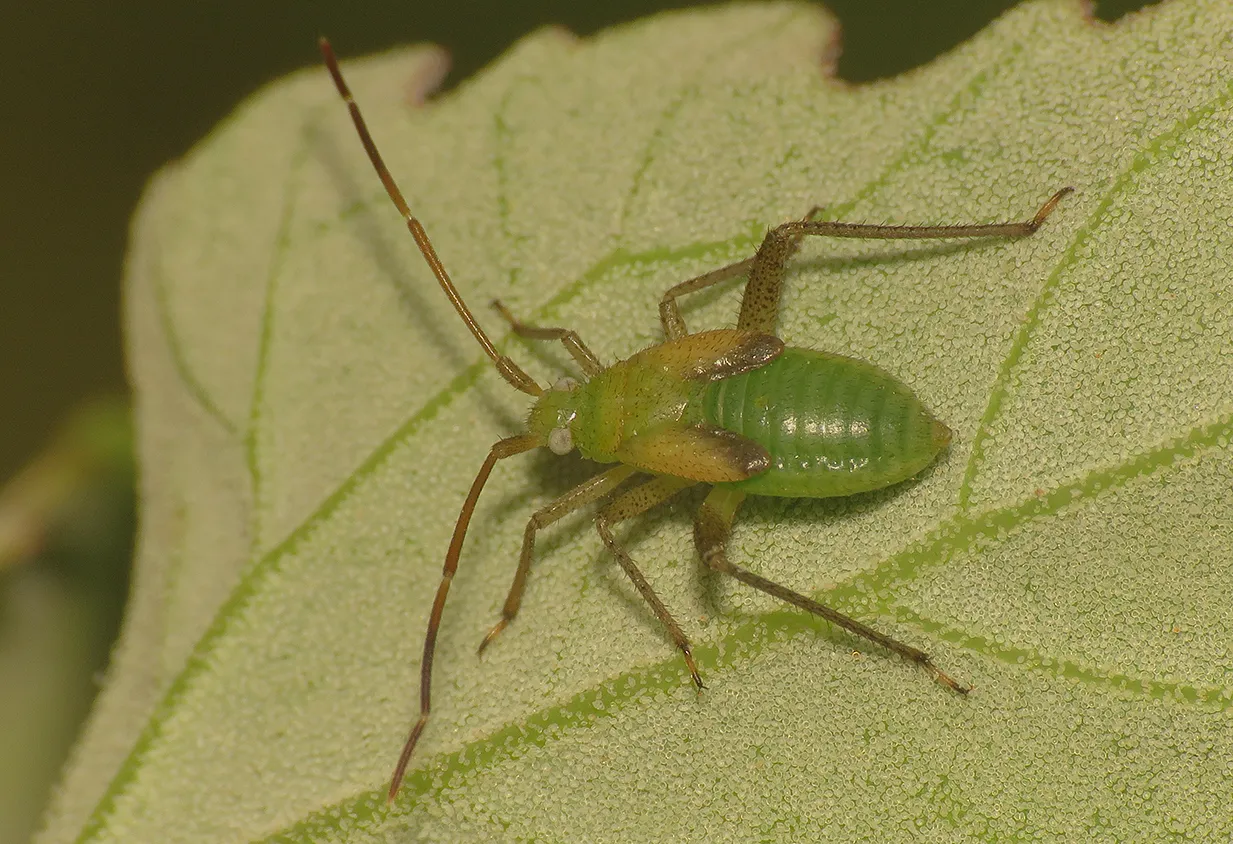
... others ...
... this interesting species that I wasn't able to identify, ad example ...
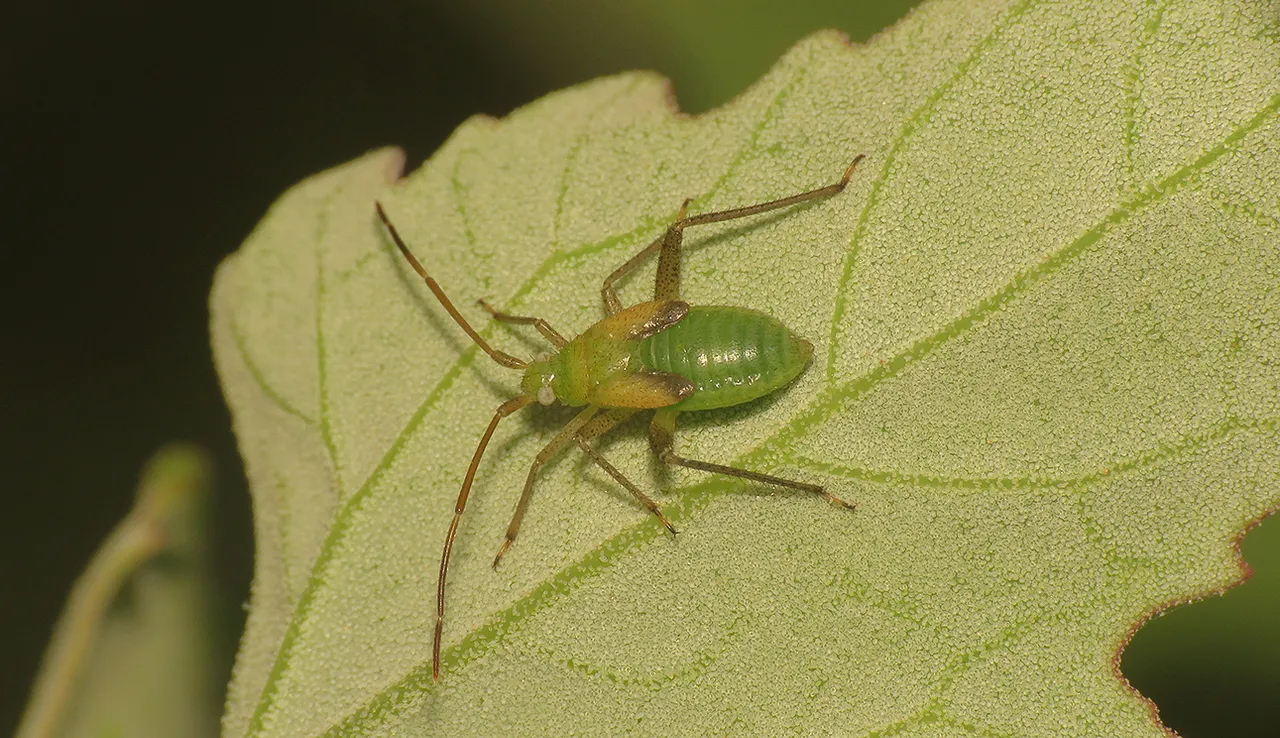
... were still young, wingless nymphs.
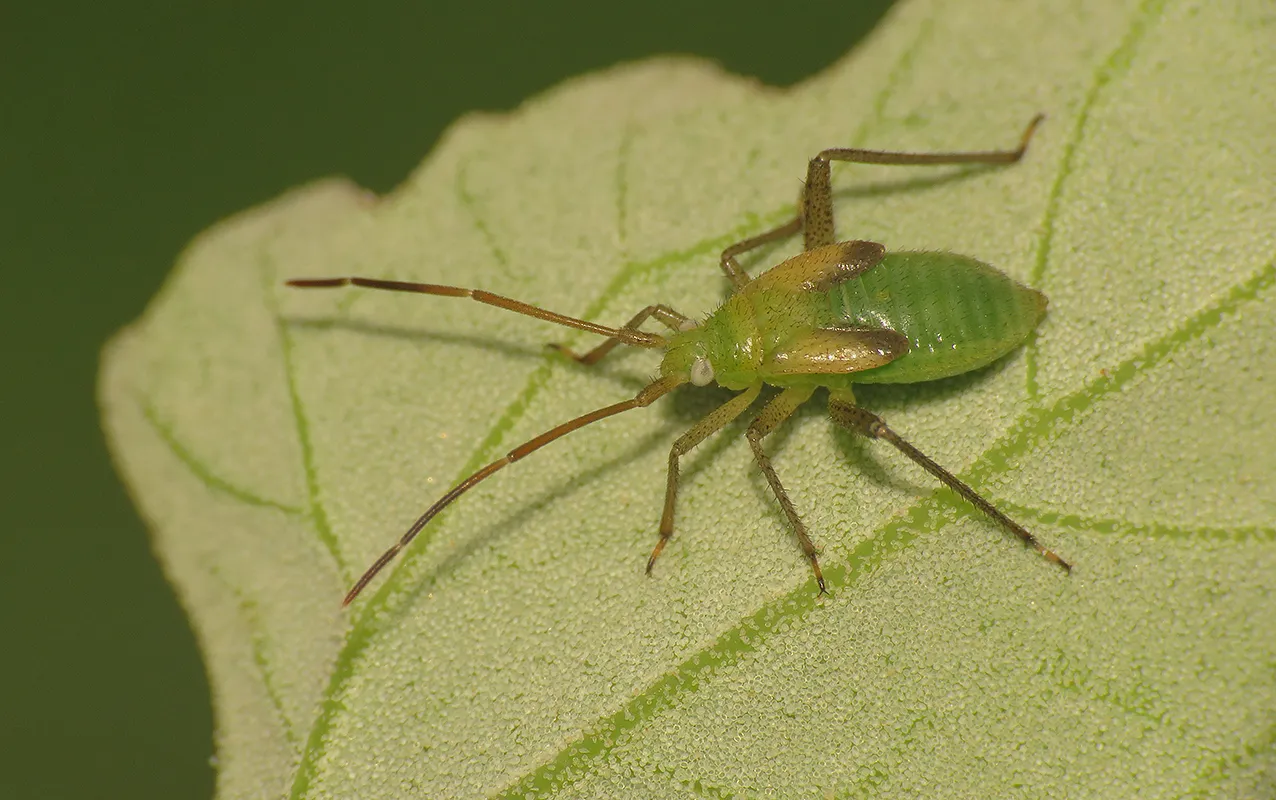
This is some bug from the Miridae family, but I can't tell you the exact species.

Here you can see the nymph of the Eurydema ornata shield bug.
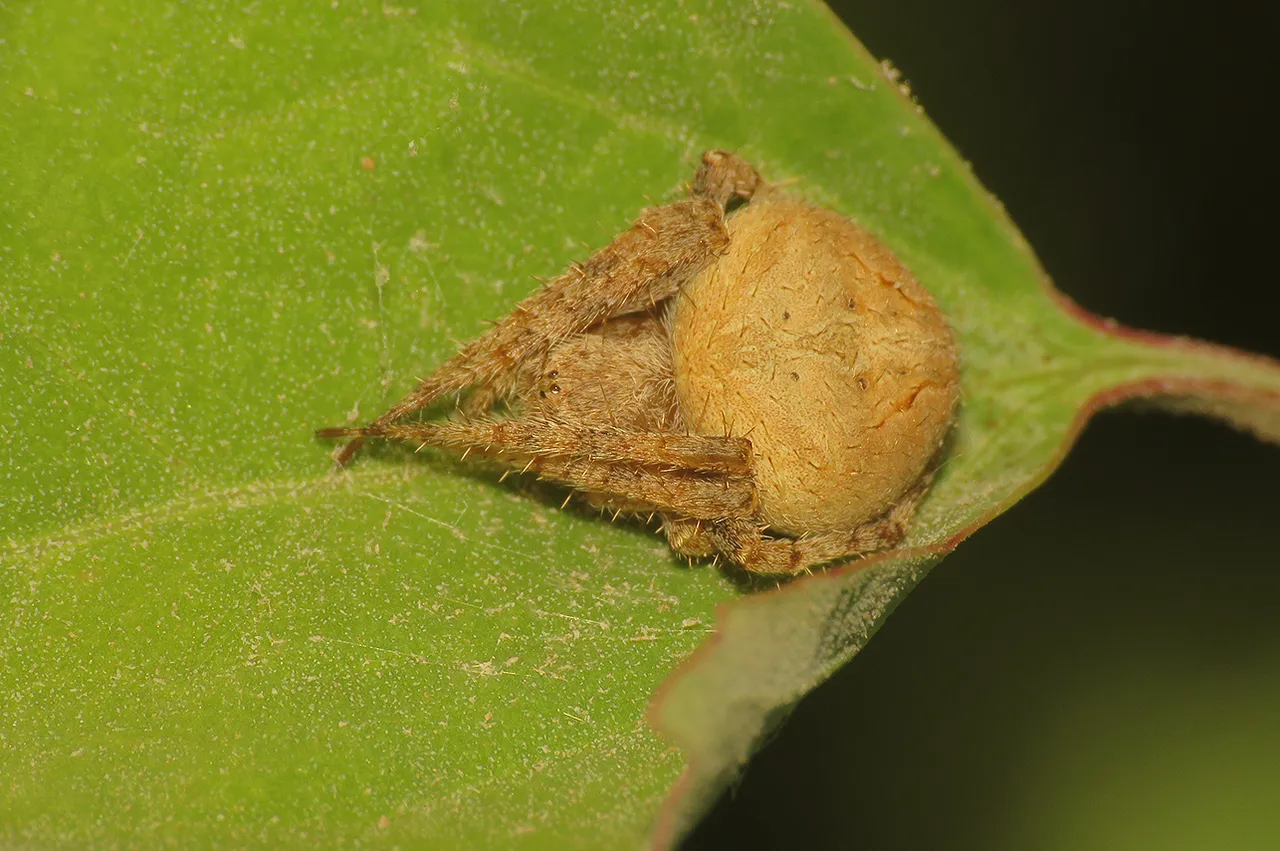
This is some species from the Araneidae family. Don't know which one exactly. Couldn't find the name of this orb weaver.
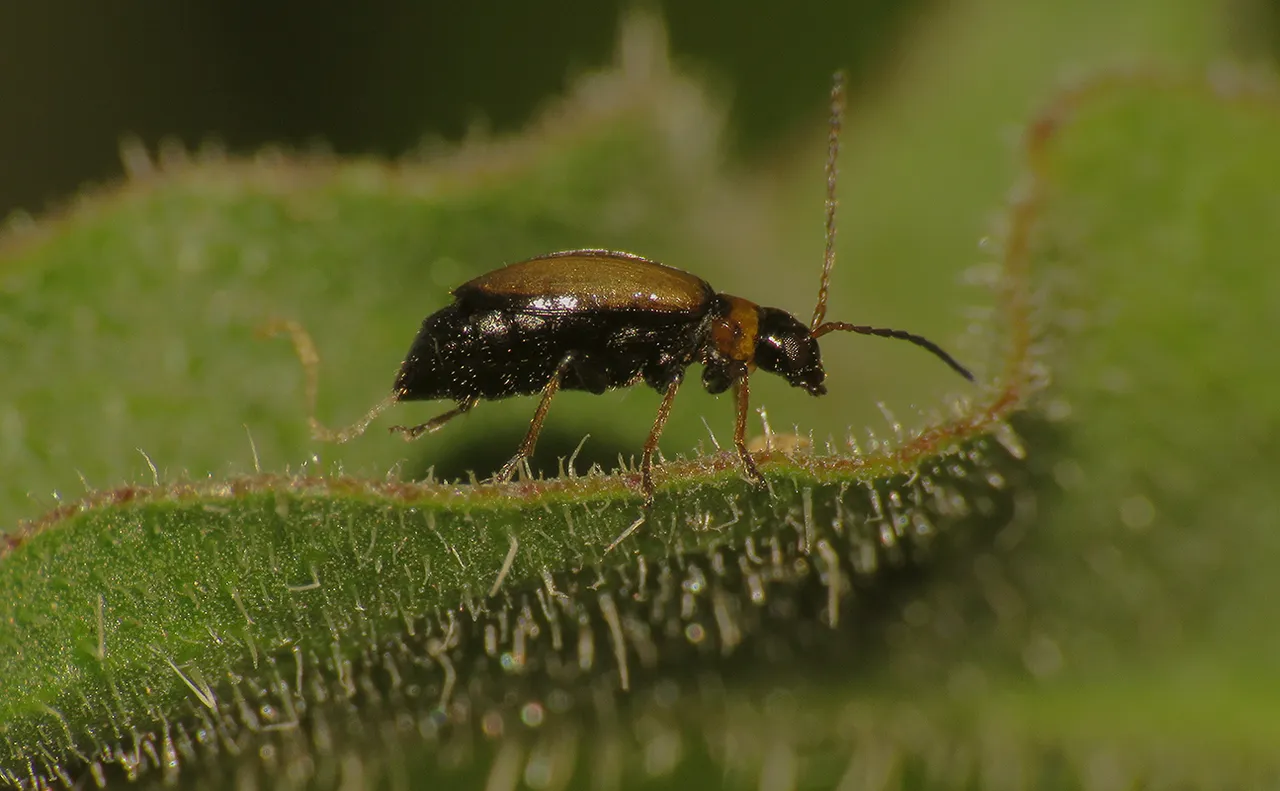
This minuscule beetle, probably from the Chrysomelidae family, was photographed on another plant. Can't remember which one.
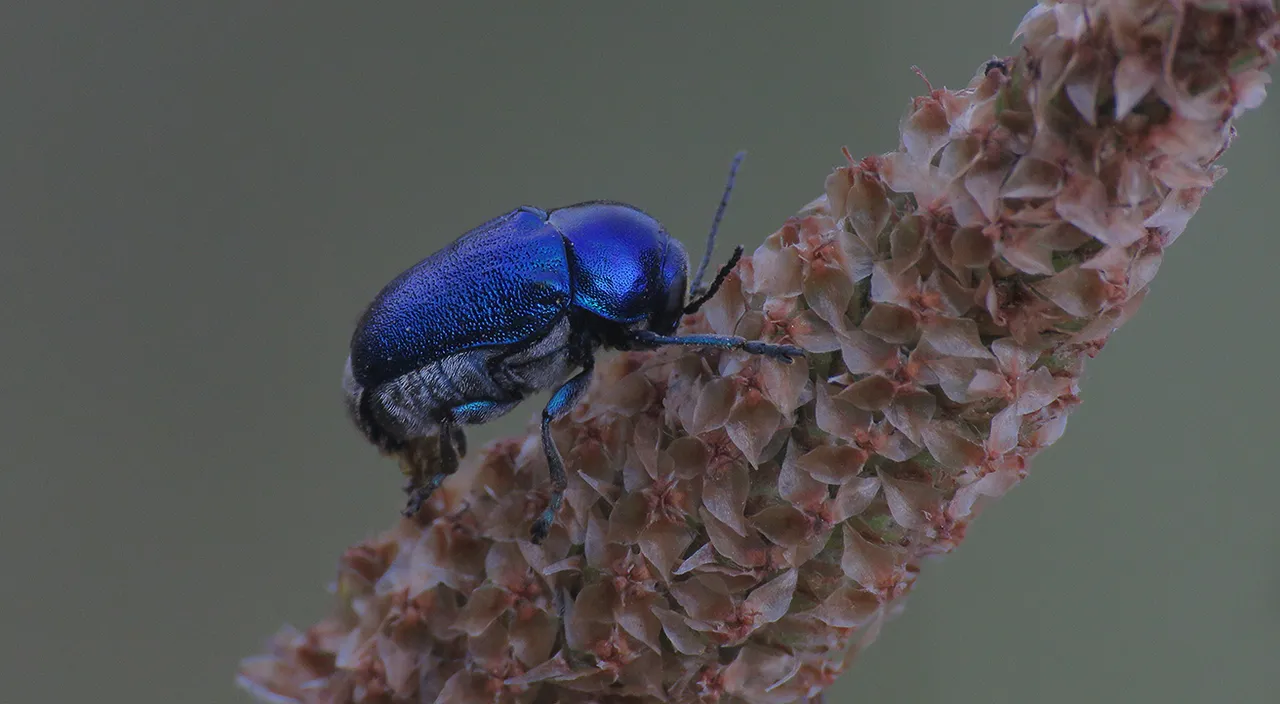
This shiny blue beetle ...
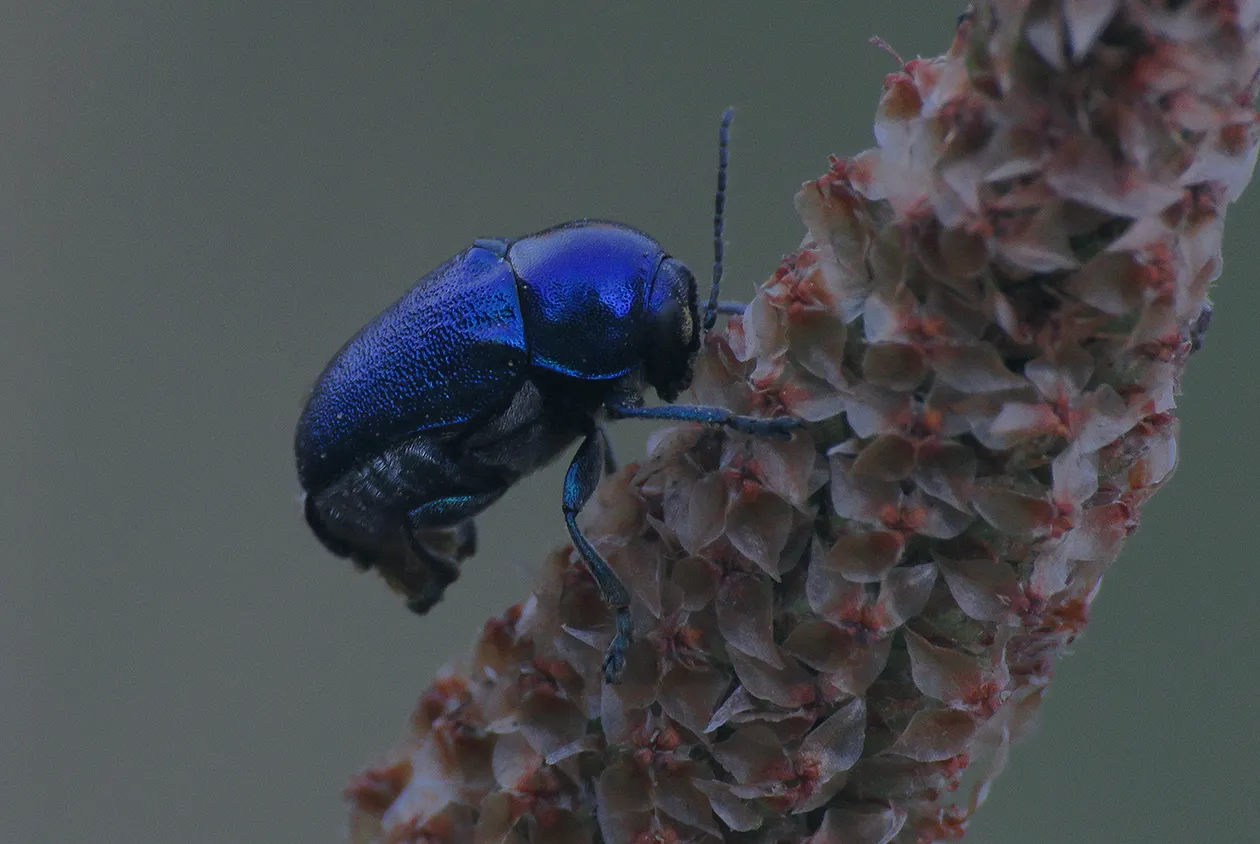
... is the Cryptocephalus sericeus, a species from the large, varied, and colorful Chrysomelidae family.
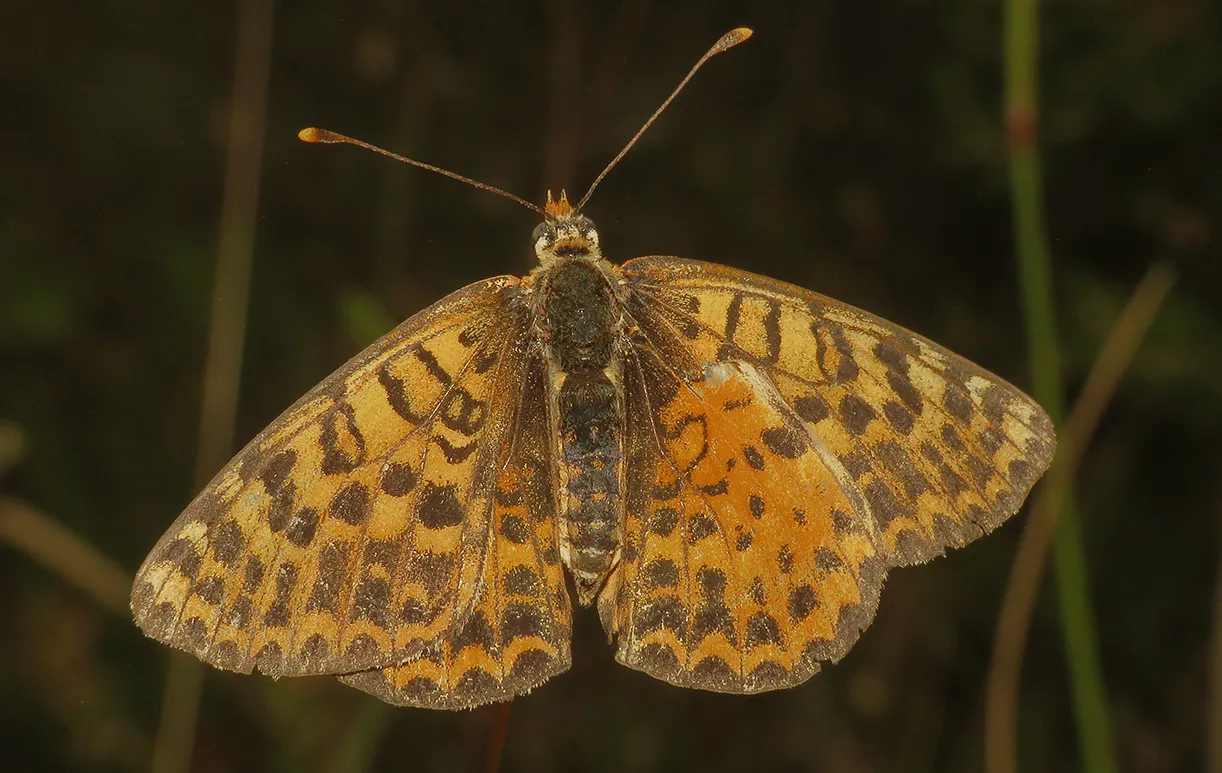
Here you can see the female Melitaea didyma butterfly.
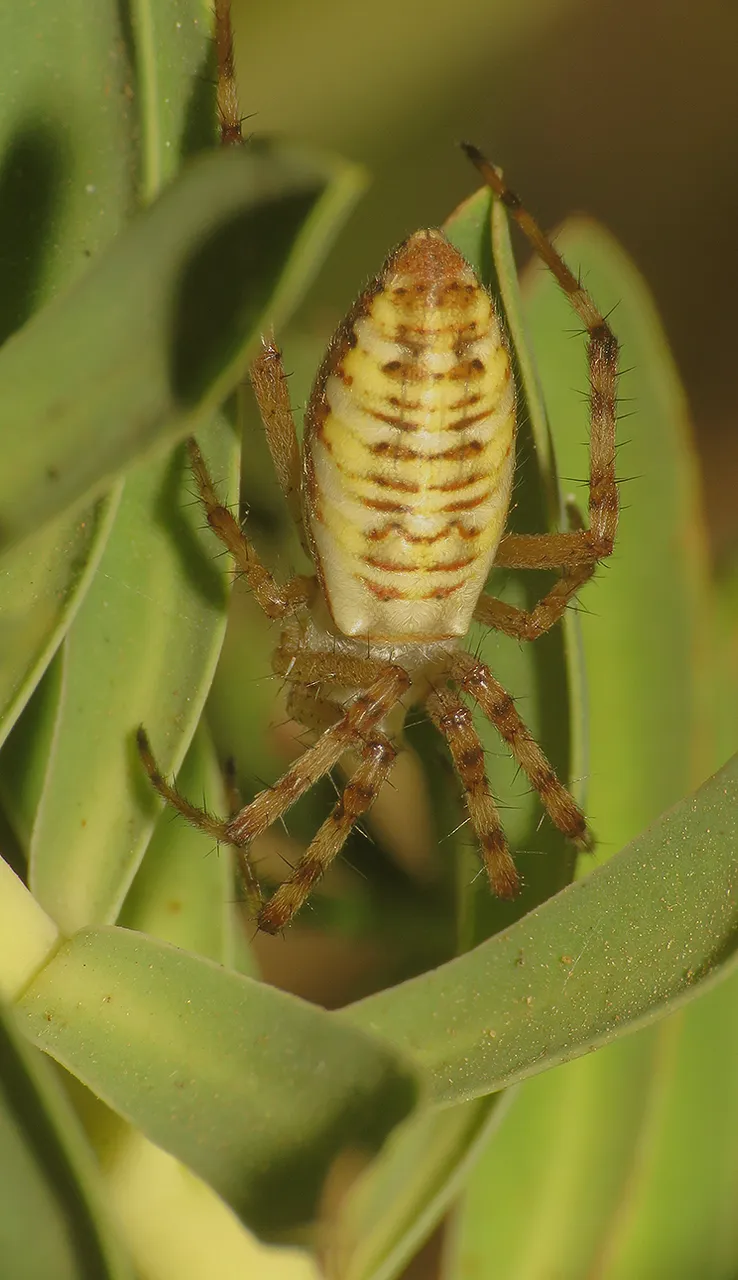
This is the Argiope bruennichi spider.
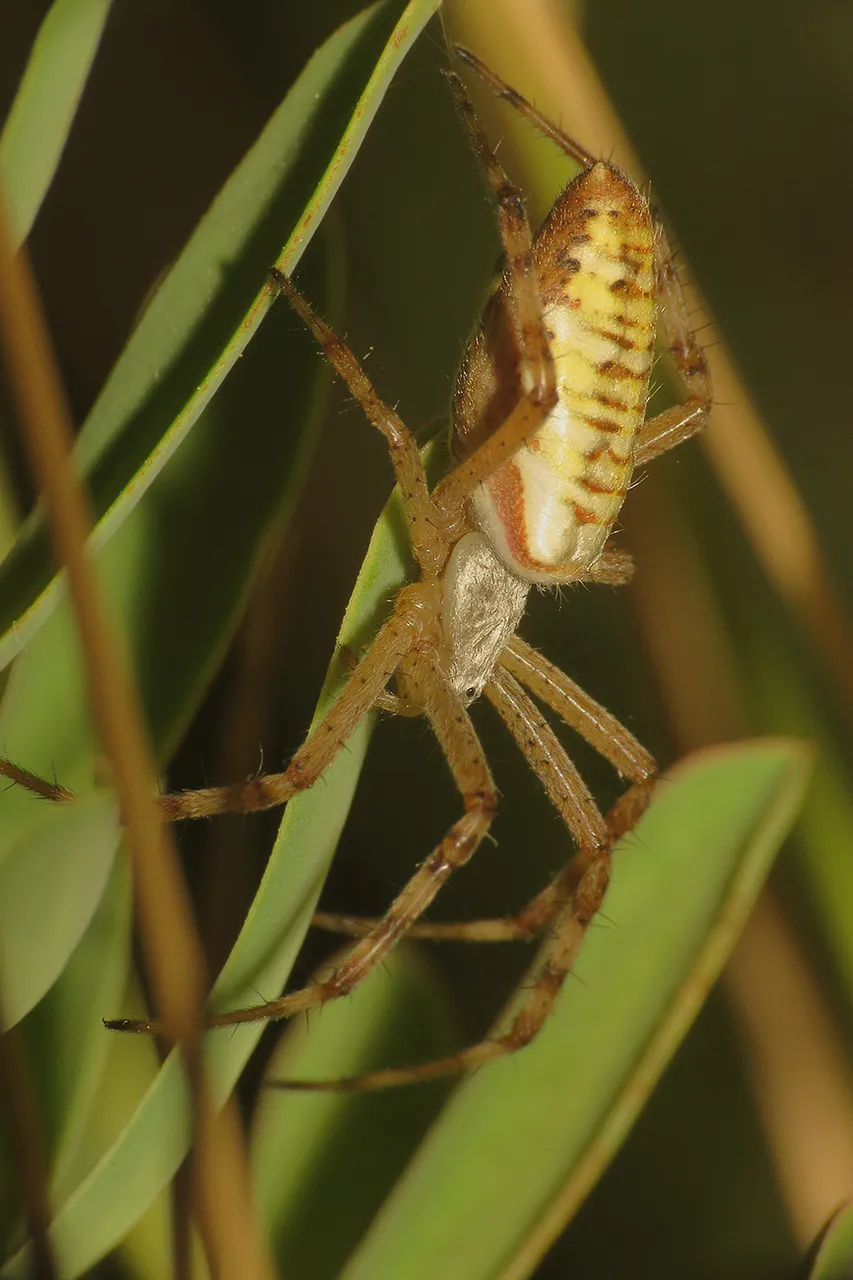
A juvenile female. It will look considerably different when as an adult.
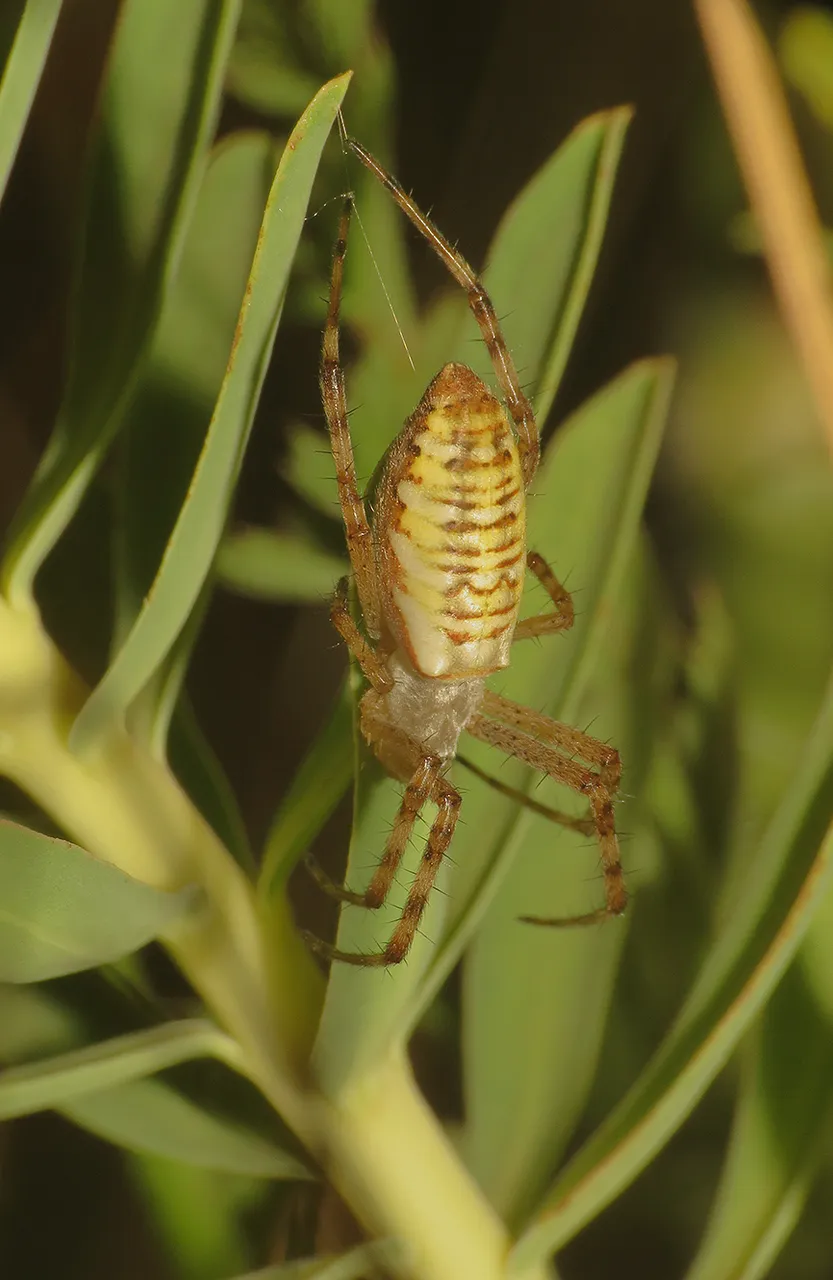
The spider was photographed on the Cypress spurge (Euphorbia cyparissias).
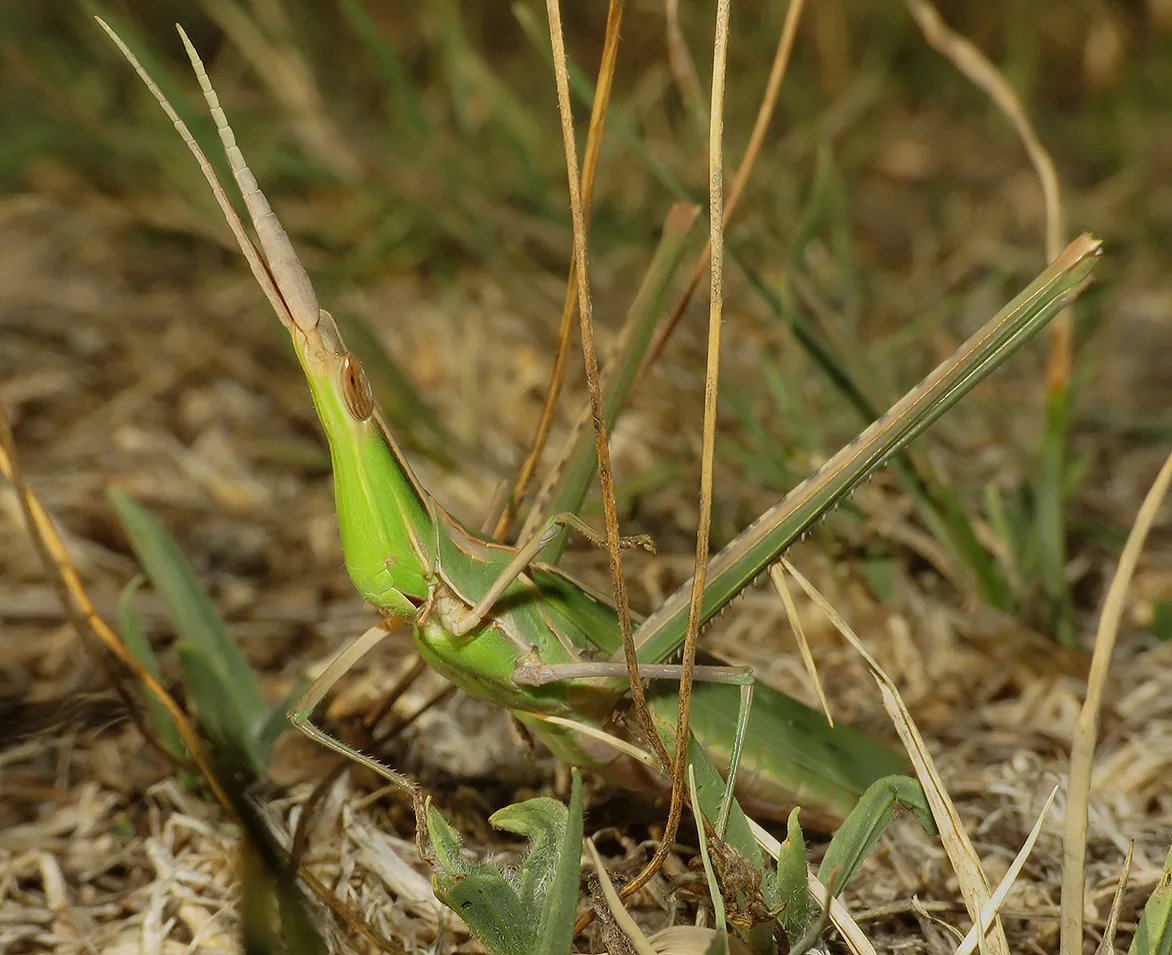
I encountered also some interesting grasshoppers ...
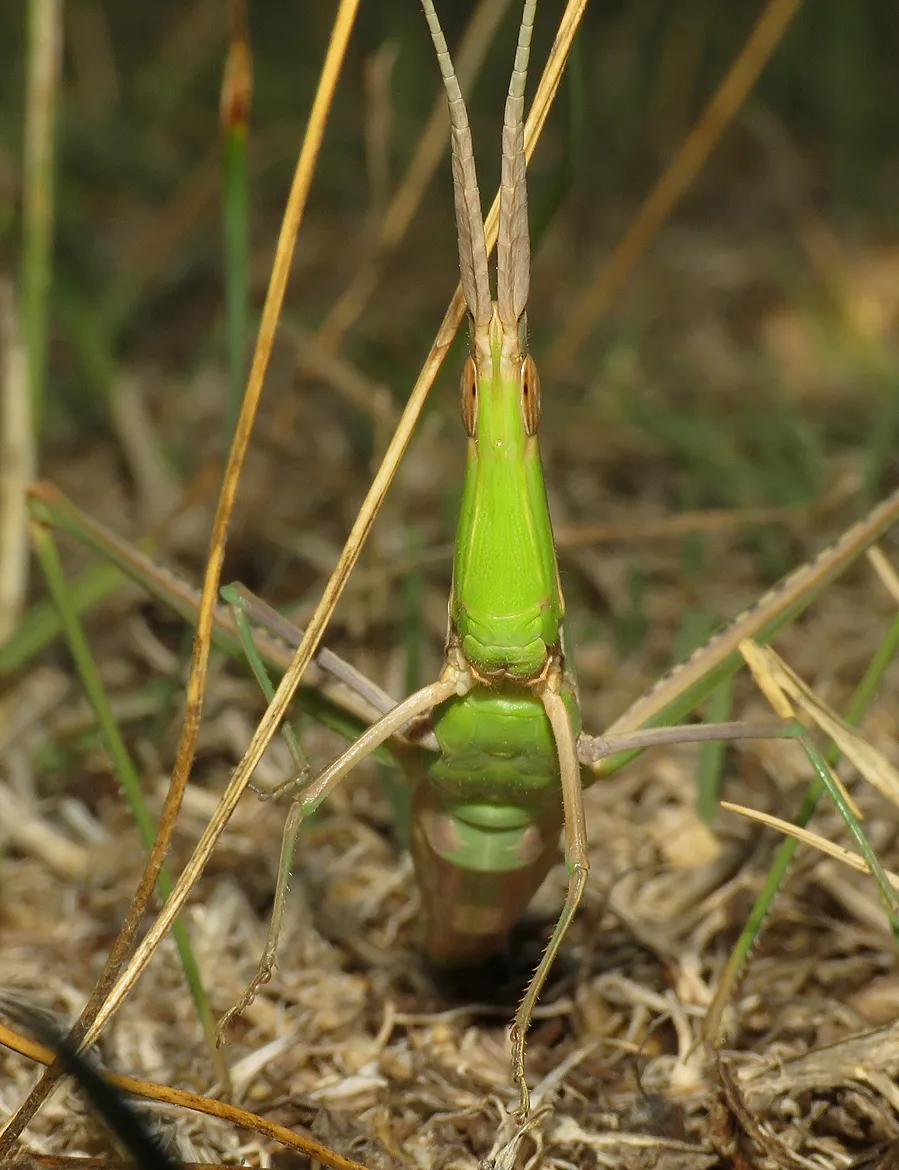
... well hidden in the grass ...
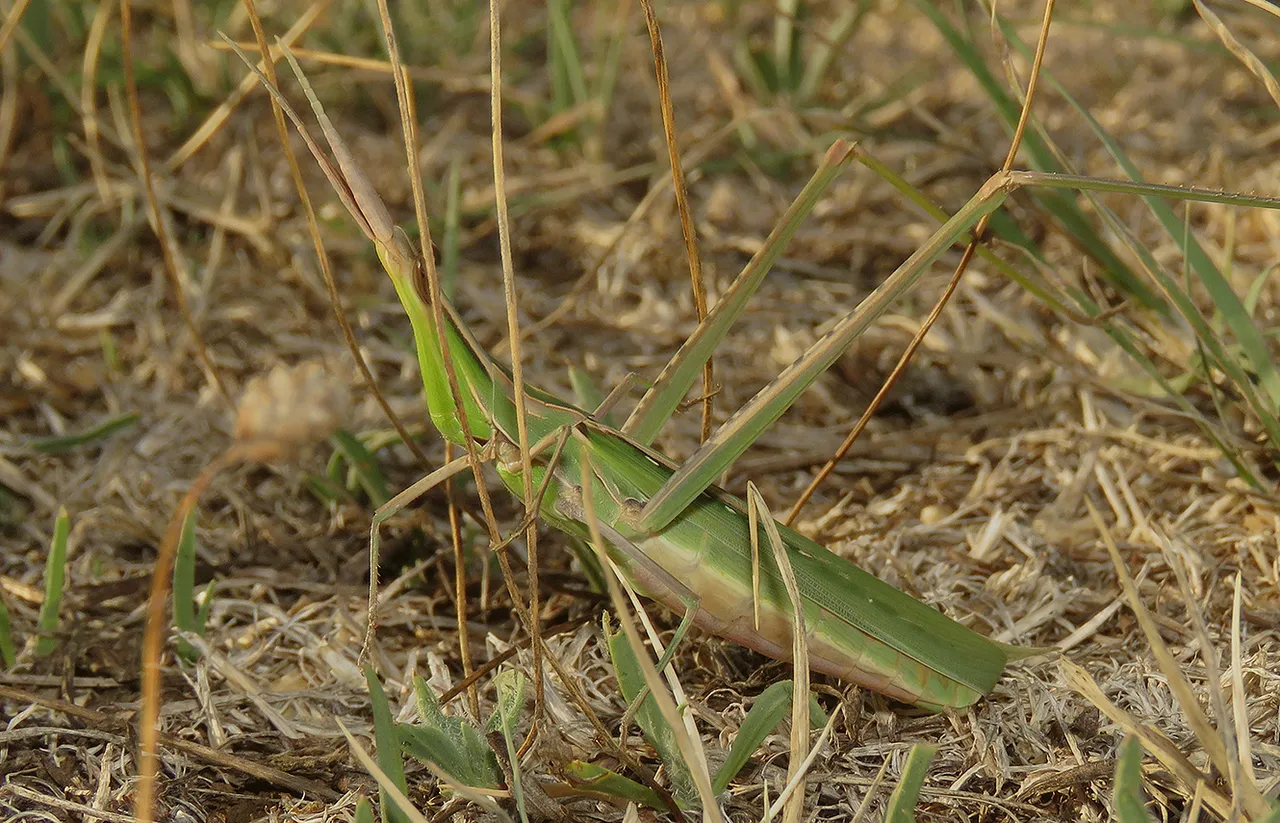
... back then in August of 2021.

This is the Acrida ungarica. The green variation of that species.
A bit later ...
... I found the brown variation. With plenty of relatively fresh and completely dry grass around, both versions of the species are well camouflaged in the coastal environment.

Here you can see a mantis.
A small nymph of the European mantis (Mantis religiosa).

AND THAT'S IT. AS ALWAYS IN THESE POSTS ON HIVE, THE PHOTOGRAPHS ARE MY WORK - THE END.












